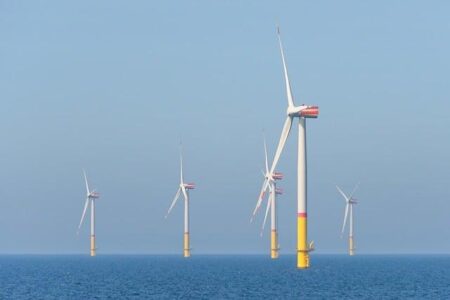Spain has surged ahead in solar energy capacity in 2024, installing a remarkable 7.2 gigawatts (GW) despite a notable slowdown in rooftop solar developments. This rapid expansion highlights the country’s aggressive push towards large-scale solar projects as it aims to meet its renewable energy targets and reduce dependence on fossil fuels. According to pv magazine International, the shift from decentralized rooftop installations to utility-scale solar farms marks a significant evolution in Spain’s solar landscape, reflecting broader trends within the European renewable energy sector.
Spain’s Solar Capacity Surges Despite Decline in Rooftop Installations
Despite a noticeable slowdown in rooftop solar panel installations in Spain, the country has witnessed a remarkable expansion in its overall solar capacity during 2024. Large-scale solar farms and utility projects have driven this surge, contributing most of the 7.2 GW added this year. Utility-scale installations benefit from streamlined permitting processes, favorable financing, and growing corporate demand for renewable energy, positioning Spain as a key player in Europe’s solar landscape.
Key factors influencing this trend include:
- Shift in focus from residential rooftops to ground-mounted solar arrays
- Increased investment in solar infrastructure by both public and private sectors
- Government incentives targeting large projects rather than small-scale installations
- Technological advancements enhancing output and reducing costs on utility projects
| Installation Type | Capacity Added (GW) | Growth Rate (2023-2024) |
|---|---|---|
| Utility-Scale Solar | 6.1 | +20% |
| Rooftop Installations | 1.1 | -15% |
Utility-Scale Projects Drive Growth Amid Policy and Market Shifts
As Spain navigates through evolving energy policies and fluctuating market conditions, utility-scale solar projects have emerged as the predominant force in the country’s renewable growth. After a deceleration in rooftop solar installations due to regulatory and subsidy changes, large-scale solar farms stepped up to fill the void, contributing significantly to the record 7.2 GW capacity installed in 2024. These monumental projects not only benefit from economies of scale but also attract institutional investments, ensuring robust financial backing amid tighter government incentives for smaller systems.
Key drivers behind this shift include:
- Streamlined permitting processes favoring large sites
- Access to grid capacity in less congested areas
- Enhanced corporate power purchase agreements (PPAs)
- Government prioritization of gigawatt-scale initiatives
| Project Type | Installed Capacity (GW) | Average CapEx (€ million/GW) | Completion Timeline |
|---|---|---|---|
| Utility-Scale Solar Farms | 5.8 | 420 | 6-12 months |
| Industrial Rooftops | 0.9 | 700 | 3-6 months |
| Residential Rooftops | 0.5 | 1,200 | 1-3 months |
Strategic Recommendations for Balancing Rooftop and Large-Scale Solar Expansion
To sustain Spain’s rapid solar growth while addressing the noted slowdown in rooftop installations, a multifaceted approach is essential. Policymakers and industry stakeholders should prioritize streamlined permitting processes for rooftop projects to reduce administrative delays and incentivize residential and commercial uptake. Enhancing financial mechanisms such as targeted subsidies and low-interest loans can also stimulate investment in decentralized solar solutions. Complementing these efforts, integrating smart grid technologies will enable better management of distributed generation, maximizing efficiency and grid stability across urban and rural areas.
Meanwhile, scaling up large-scale solar projects must be done with strategic foresight to prevent grid congestion and environmental impact. A balanced expansion strategy should include:
- Regional planning: Aligning solar farms with grid capacity and local energy demands
- Diversification of sites: Utilizing underused land such as degraded agricultural zones or brownfields
- Community involvement: Ensuring local benefits through job creation and shared ownership models
- Technology integration: Pairing large-scale solar with energy storage and hybrid systems
| Focus Area | Key Recommendation | Expected Outcome |
|---|---|---|
| Rooftop Solar | Simplify approval and expand incentives | Increased household and SME installations |
| Large-Scale Projects | Site diversification and community engagement | Enhanced grid resilience and local acceptance |
| Grid Management | Smart grid integration and storage pairing | Optimized energy flow and reduced curtailment |
The Way Forward
As Spain continues to forge ahead in its renewable energy transition, the installation of 7.2 GW of solar capacity in 2024 marks a significant milestone, even as rooftop solar growth experiences a notable slowdown. This development underscores the country’s strategic emphasis on large-scale solar projects to meet its climate targets and energy demands. Moving forward, stakeholders will be closely watching how Spain balances utility-scale deployment with policies aimed at revitalizing the residential solar segment, ensuring a comprehensive and sustainable expansion of solar power across the nation.




